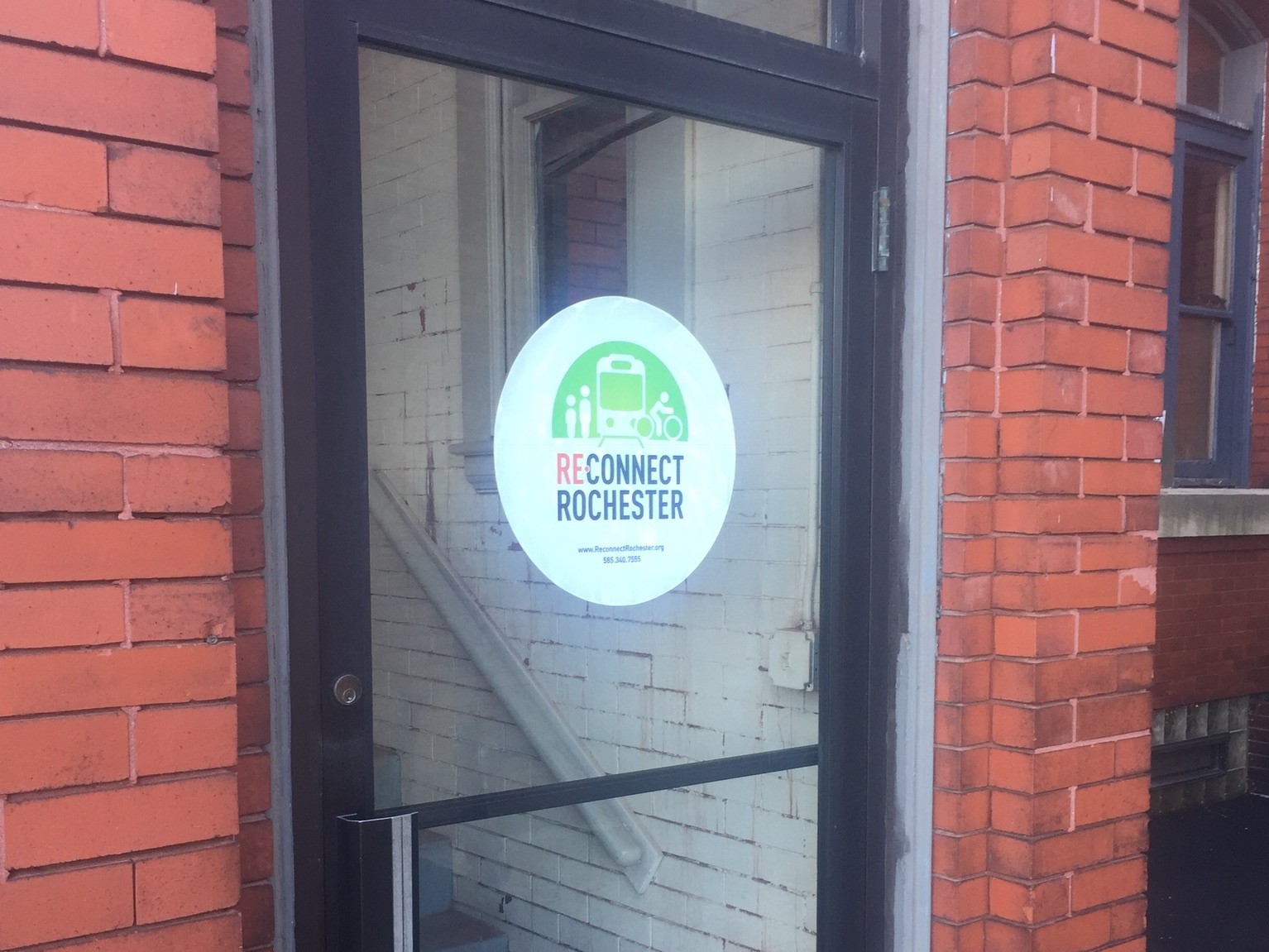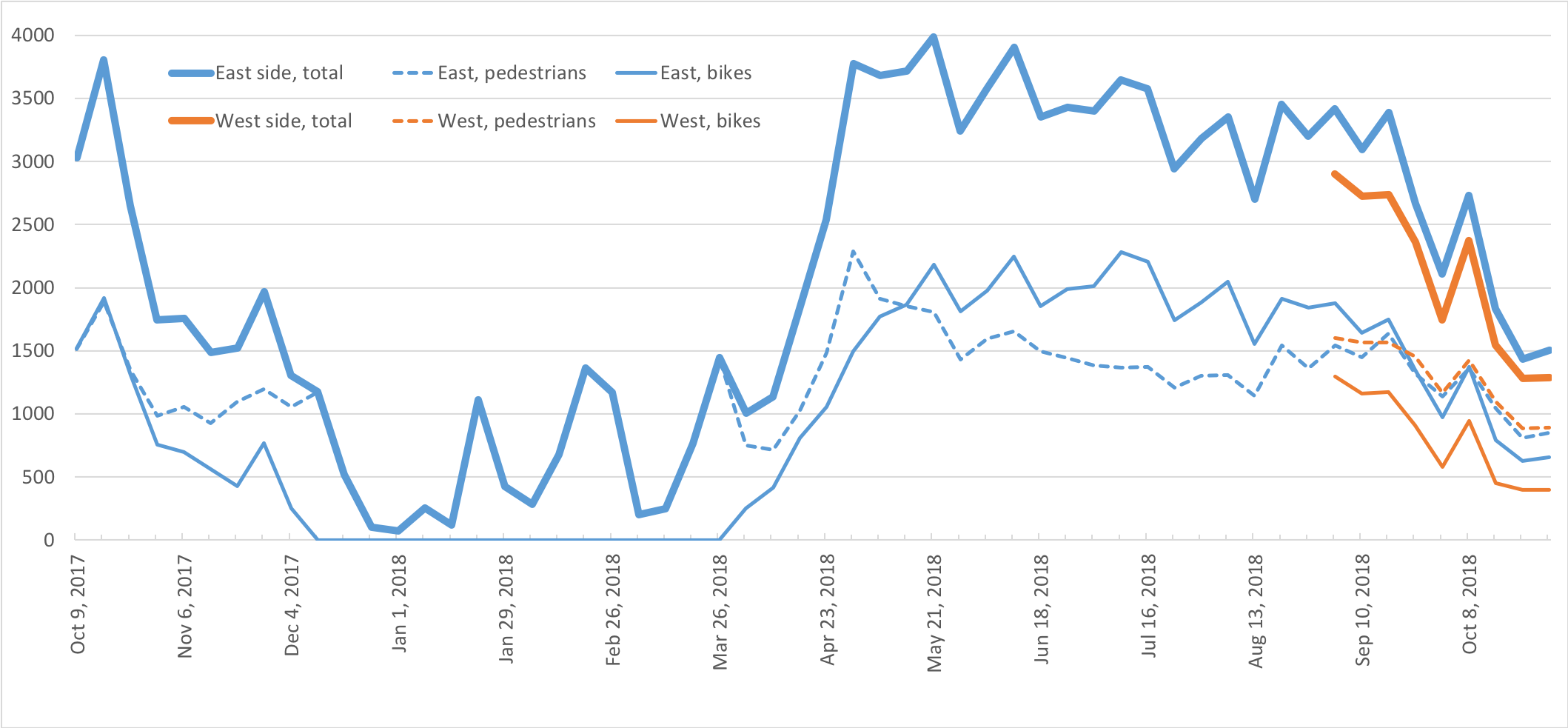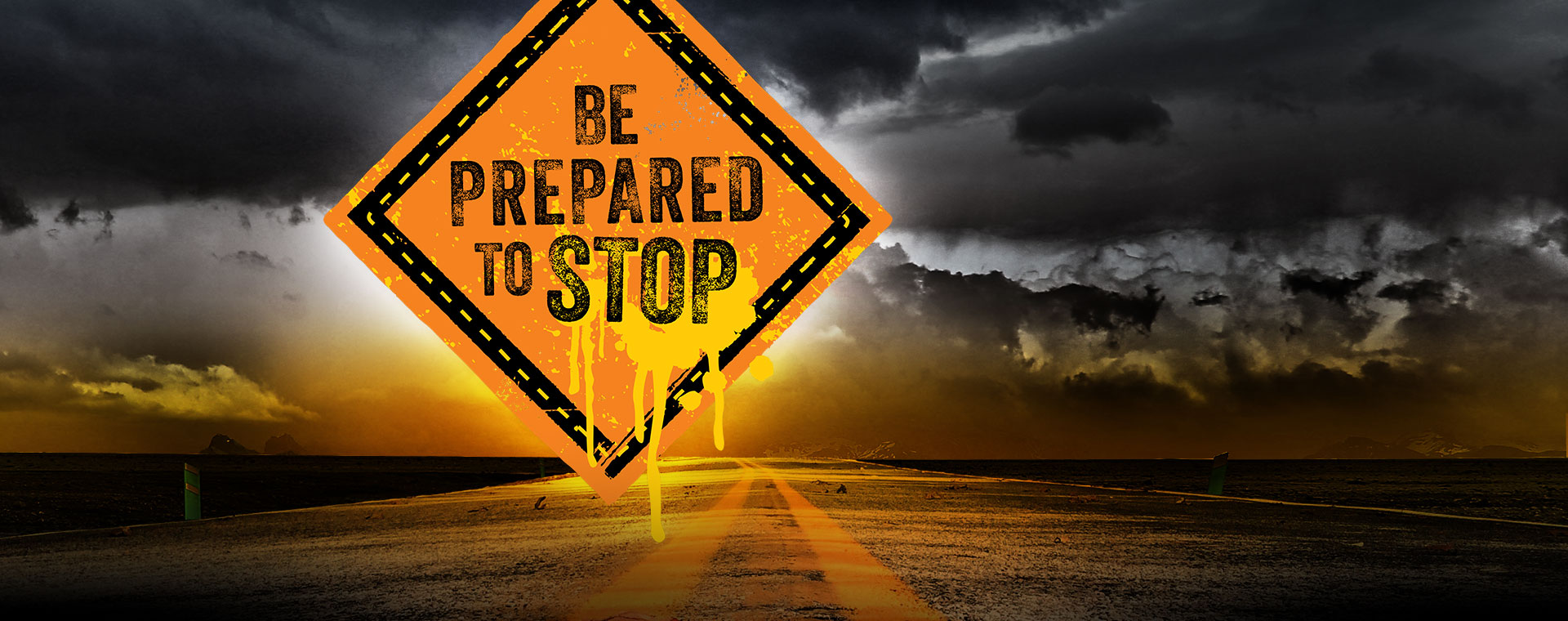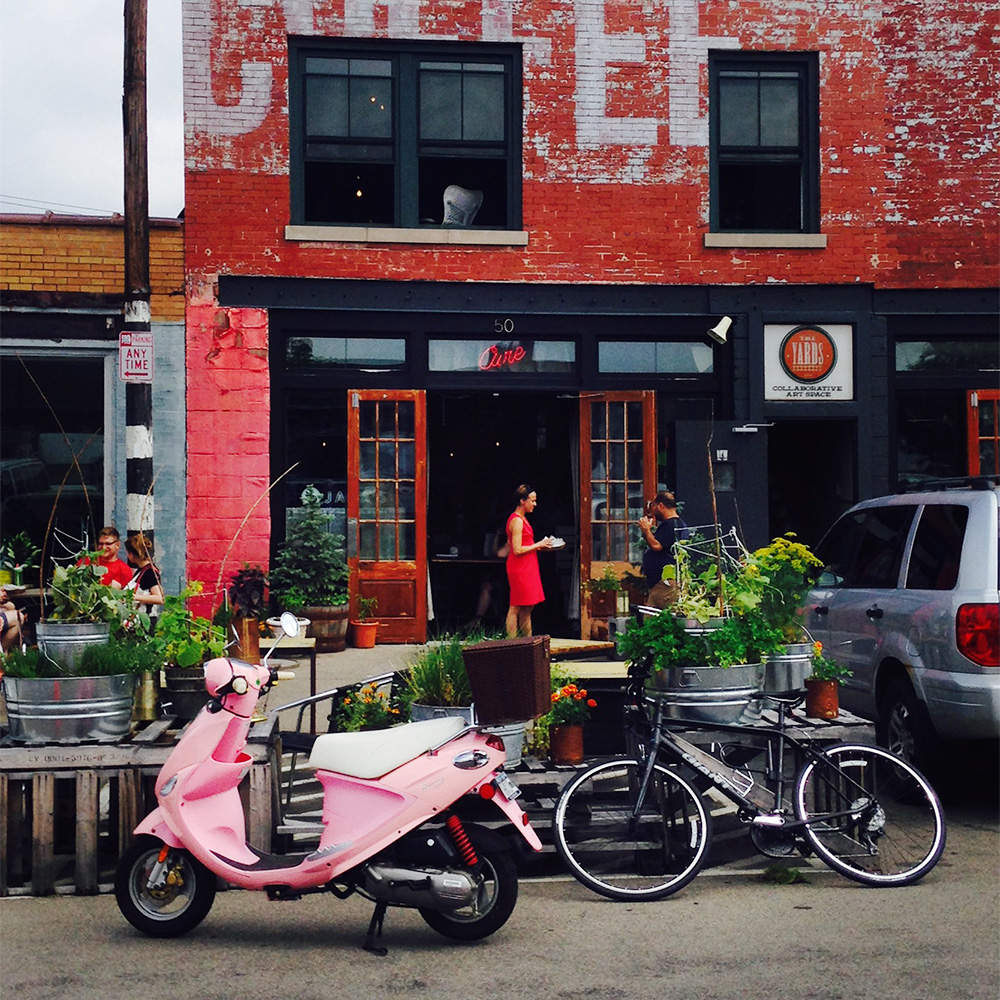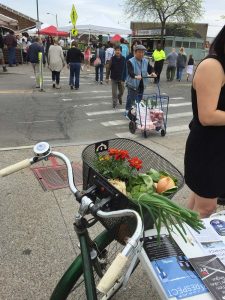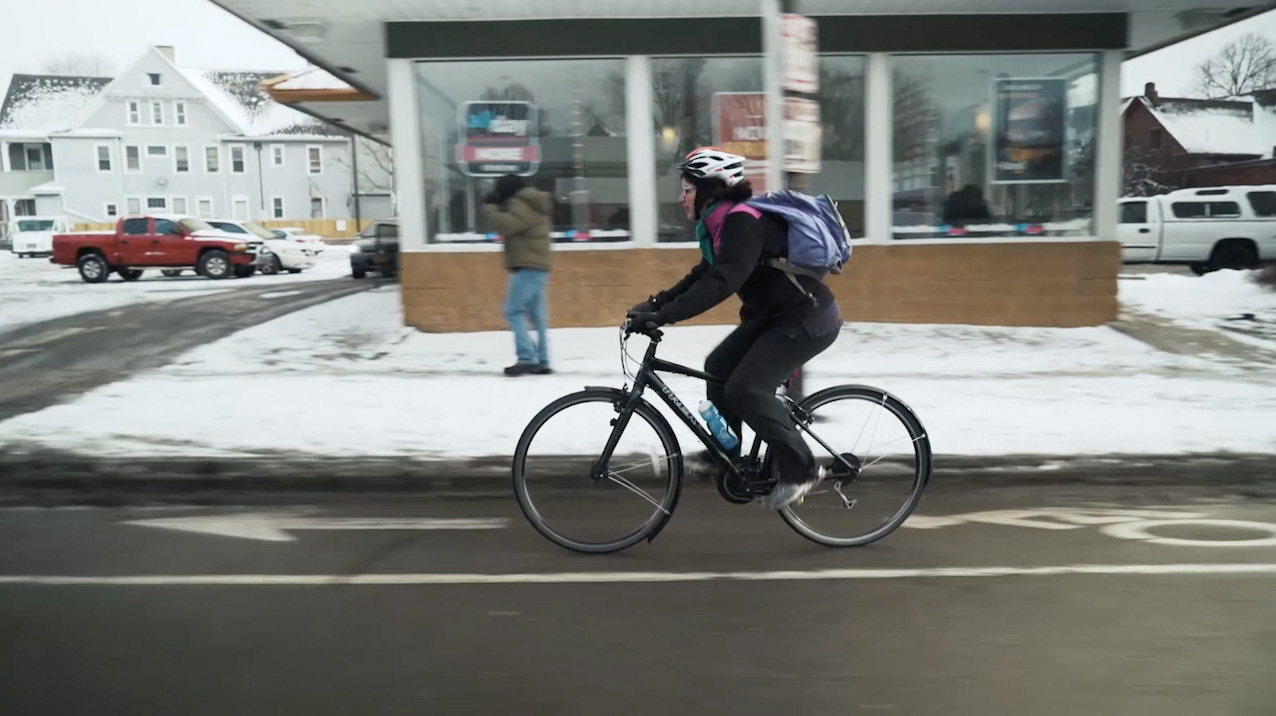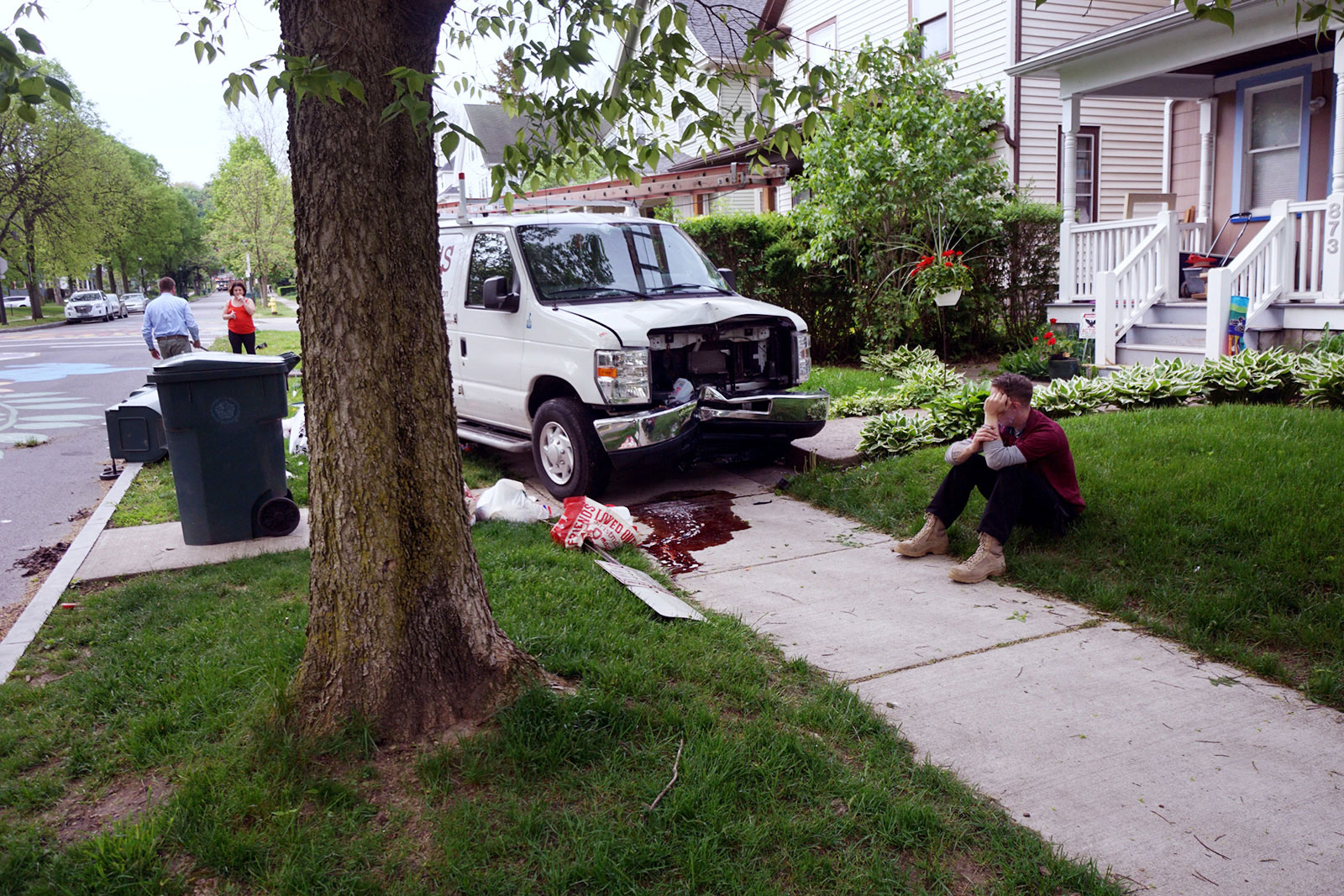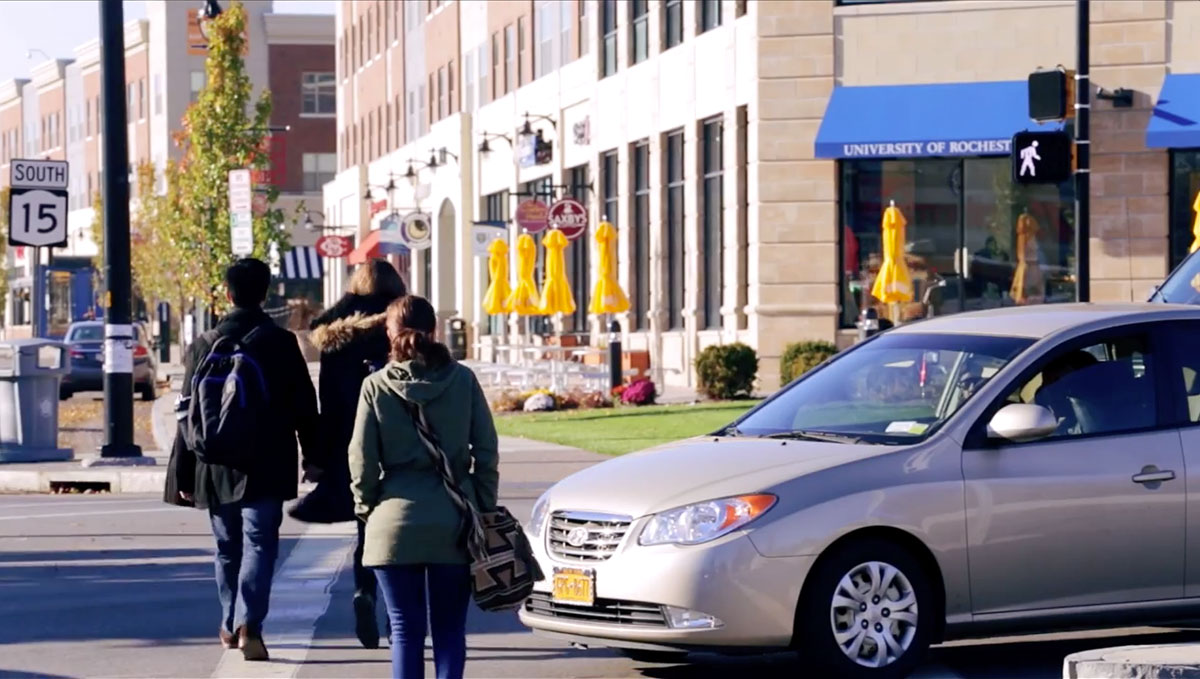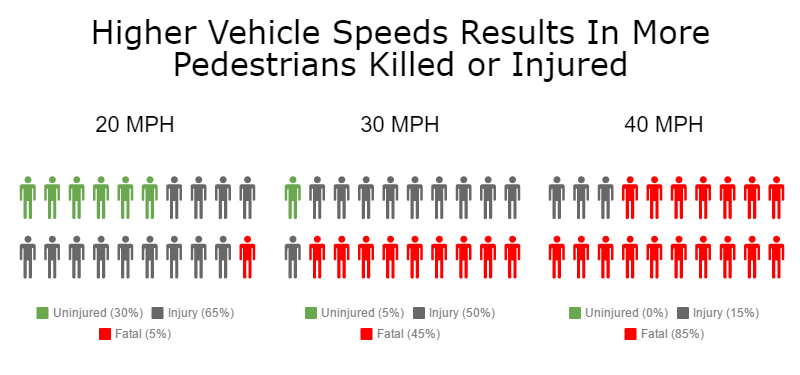It’s Bike Week in Rochester! In fact, Bike Week is so full of great events that it’s swollen to more than a week, running 10-19 May, 2019. So whether you’re a seasoned cyclist or a curious new rider, you can get involved in lots of events to kick off the summer cycling season and explore Rochester on two wheels. All of these events are on the RCA Calendar, which includes more details (click the + at bottom right to get them on your calendar, too). Get a load of them:
- The Light up the Night Ride, with glow sticks and prizes, starts 10 May at 7:30 pm at 131 Elmwood Ave.
- The George Eastman Bike Tour, rolling through Rochester history, starts 11 May at 10 am at George’s place (900 East Ave).
- The Twilight Criterium will race through the streets of downtown Rochester at breakneck speed on the evening of 11 May.
- Kidical Mass will take a family ride for Mothers’ Day on 12 May at 10 am.
- The Flower City Bike Party Ride will cruise through the southeast neighborhoods on 13 May, starting at 6:30 pm at 275 East Main St.
- The City of Rochester will start its Tuesday Guided Bike Tours on 14 May at 6 pm at the Lake Riley Lodge in Cobbs Hill Park.
- Rochester Bike Kids will stage their first Taco Tuesday Ride of 2019 on 14 May at 7 pm at 489 South Ave.
- The Ride of Silence will have cyclists riding in solidarity for safer streets with better bike infrastructure on 15 May, starting at 7 pm at 275 East Main St.
- The first of this summer’s Unity Rides will begin at 7 pm on 16 May at 855 West Main St.
- It’s national Bike to Work Day on 17 May, and RCA will be offering free coffee and snacks through the morning at Union and Broad Sts.
- The Beechwood Ride will tour that neighborhood on 17 May, starting at 5:30 at 530 Webster Ave.
- Meanwhile, the Tryon Bike Week Social Ride will start at 6 pm at 80 Rockwood Place.
- Get the grime off your ride at a free bike wash, 18 May 10 am to 3 pm at 713 Monroe Ave.
- The Reconnect Rochester Beechwood Complete Streets Makeover will turn a dangerous intersection into a welcoming place for bikes, pedestrians, and drivers; help make the makeover happen 10 am to 2 pm on 18 May at 441 Parsells Ave.
- Last but not least, the Seersucker Ride will take us out in style on 19 May, starting at 10 am at 571 South Ave.
Check out the RCA Calendar for links, contact information, descriptions, and more!



